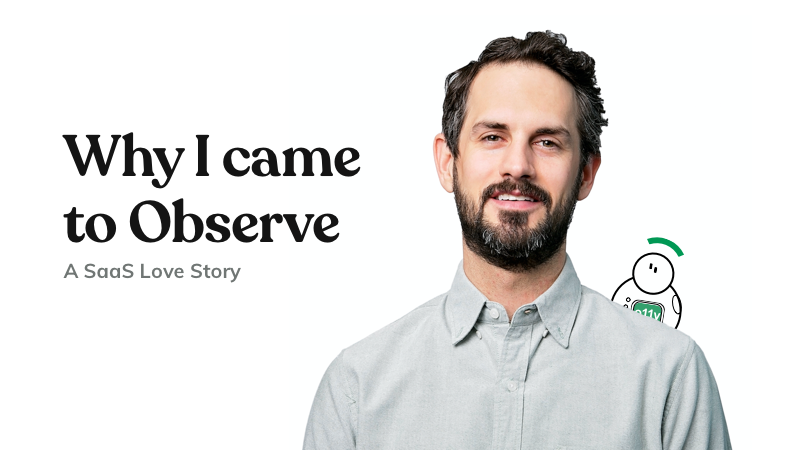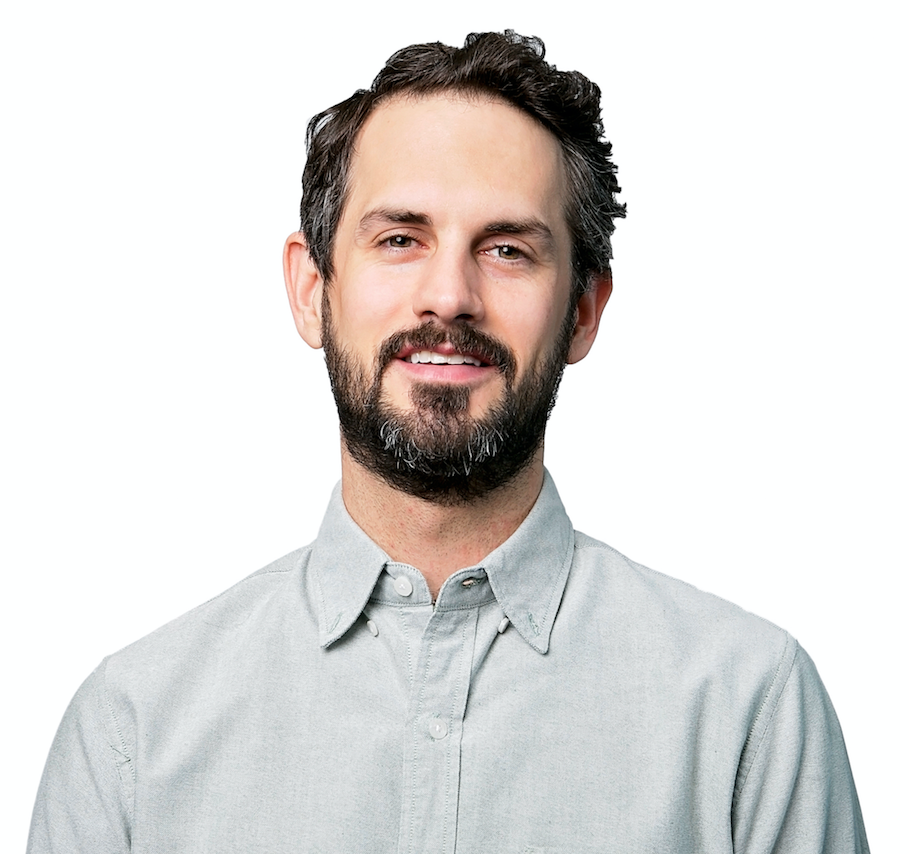Why I Came to Observe: A SaaS Love Story
Becoming an advocate was something I’d have to learn on the job, I thought. I hadn’t prepared myself for the possibility that I might actually love the product.
The Role
A little over a month ago I had a comfortable career as a DevOps Engineer working for a large, multinational organization, work I cared about, and a team of people whom I’d do anything for. The pay wasn’t so bad either. So, why did I leave?
I loved writing code, designing immutable architecture, and automating everything I could. However, something was missing. For the past few years of my career, I daydreamt of being able to write, speak, and interface with people in a more meaningful and broad sense than I had as an engineer. But how? I was certain that I’d have to leave tech if I were to ever fulfill the wishes of my right brain. That was until Observe approached me about becoming their Lead Technical Evangelist.
I was familiar with the role of Tech Evangelist conceptually, but what the heck did they really do? Each article I came across tried to demystify such, but they all read differently. To be honest, I wasn’t sure I had the skills it took to do such a job, but it didn’t really matter. This was my opportunity to write, speak, and build community in a way that I’d yearned to for most of my career.
Becoming an advocate was something I’d have to learn on the job, I thought. I hadn’t prepared myself for the possibility that I might actually love the product. Then came the interviews.
The People
Each new face I met with was gleaning with more excitement than the last, extolling the countless virtues of the product, the capabilities of the team, and their overall enthusiasm for the work they do. Each, seemingly more brilliant and passionate than the previous. Just as exciting as the team’s acknowledgment that none of them were here to “save the world,” but rather to work on a truly unique product; one that has a massive potential to transform the way people do observability.
This was a stark contrast to the promises of the garage-based startup with beer on tap, the coolest swag, each promising the moon for all of humanity. This team simply wanted to make a great product that would solve common problems found in the observability product space — as well as to improve the lives of SRE’s, DevOps Engineers, and even more junior and less tech-savvy roles.
The Product
It’s safe to say I was impressed by the people. Observe seemed to be exactly the kind of startup I’d been looking for since my formative years at Spiceworks — a software startup based in Austin, Tx, and vanguard of startup culture.
The people, however, are only part of the equation that makes a great company. There is also the product, the reason for a company’s existence, and how they can pay these talented people. As I mentioned earlier, the product was something I assumed I’d have to learn to love — or at least pretend to love.
As the day of interviews wound down, Jacob Leverich — one of Observe’s co-founders — proceeded to give me a demo of Observe. “Phew, I can breathe for a moment,” I thought to myself, welcoming this time to “turn off” from the series of fast-paced interviews I’d been on.
Early in the demo, Jacob stressed the main tenets of the product and the principles that set it apart from competitors.
- The ability to ingest anything (logs, metrics, traces…all just “events”)
- Data modeling (shape data into “things”: customers, sessions, pods)
- Bring context (build graphs to show how everything is related)
- Track events over time (Go back to any state hours, days, months ago)
I had to hand it to him, Observe sounded like the ideal observability product, but I wanted to see how SRE’s, DevOps Engineers, and the like, would use the product in their daily life. Only then, could I get a real sense of the value Observe claimed to offer.
Jacob quickly began to model raw event streams, and link them to resources on the fly just as the product had promised. He then showed me these same correlations in a historical context; even before these correlations were defined! I found myself using words like magic, joy, and even delight to describe the functionality and ease at which Jacob navigated the product.
‘Have I just fallen in love, with a Saas product?’, I thought to myself.
I not only could follow the demo easily — as the product felt intuitive and familiar — but it seemed to solve so many issues I’d had with previous technologies. “Why hasn’t this product existed?”, I thought to myself. I’d spent so much of my career frustrated by the limitations of other, similar, products and accepted it as reality. There were no better alternatives after all.
It honestly felt too good to be true. Observe had all the features I loved in other products I’ve used, with virtually none of their pain points. While I may sound like an infomercial host in training, these were genuine reactions I had to the product, and confirmation that this was a product I could evangelize.
The Future
I seem to have found my home here at Observe, and I couldn’t be happier. The people, the product, and the role are in perfect alignment with my career goals.
Having just emerged from stealth in October 2020, there’s a lot to do here at Observe. There are whole departments to be built, a never-ending backlog of content to be created, and things we have yet to dream of. I anticipate a very busy next few years for the team and I look forward to all of it, even the hard parts.
You can expect to hear from me more on our blog, social media accounts, and in the observability space in general. Feel free to connect with me on LinkedIn, or Twitter. Perhaps in the [covid-free] future, we can even meet.

